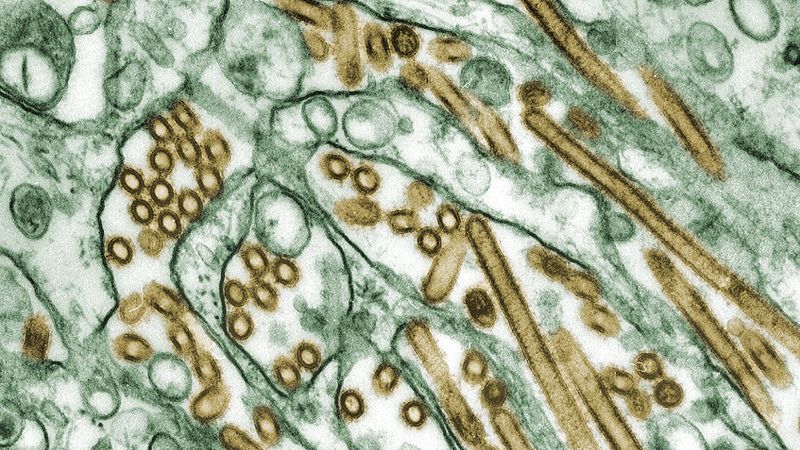
The Centers for Disease Control and Prevention (CDC) has urged state and local health officials to maintain influenza surveillance operations at peak levels over the summer due to the ongoing threat of bird flu, specifically the H5N1 subtype. This recommendation comes after reports of human infections in Texas and Colorado, as well as outbreaks in dairy cattle across nine US states.
According to CDC data, over 90 million cases of the H5N1 virus have been detected in wild aquatic birds, poultry, and common backyard flocks since January 2022. The first known transmission of the virus to dairy cattle was reported in Texas in March. To date, 51 dairy herds across nine US states have reported an outbreak of the bird flu virus in livestock.
The CDC's Principal Deputy Director, Nirav Shah, and Influenza Division Director, Vivien Dugan, made these recommendations during a meeting with various health organizations on Tuesday. The Association of State and Territorial Health Officials, the Association of Public Health Laboratories, Big Cities Health Coalition, Council of State and Territorial Epidemiologists, and National Association of County and City Health Officials were all in attendance.
The Texas Epidemic Public Health Institute (TEPHI) has been using advanced techniques and computers to sift through wastewater samples, allowing them to find viruses they expect to see as well as ones they don't know to look for. This passive monitoring method is useful for monitoring in areas with difficult access like farmworker communities. H5N1 has been detected in the wastewater of nine cities in Texas and 19 of the 23 sites TEPHI monitors, but its exact source remains unknown.
The CDC also recommends that states and local health officials increase submission of positive influenza A samples for further testing. Those working with birds or livestock are encouraged to use personal protective equipment to lower the risk of H5N1 infection. Symptoms of the virus can include acute respiratory illness, conjunctivitis, sore throat, fever, coughing and shortness of breath.
It is important to note that there have been no reported cases of human-to-human transmission. However, there have been concerns that the spread of bird flu in animals could lead to a new epidemic or pandemic. The CDC issued a health alert on April 1 after reports of the Texas dairy farmer's positive case but told Newsweek at the time that the risk of infection 'to the general public' remains 'low'.
The World Health Organization reports that there have been 889 human cases of bird flu infections from 2003 to April 2024 across 23 countries, resulting in approximately half of those cases, or about 463 deaths.




